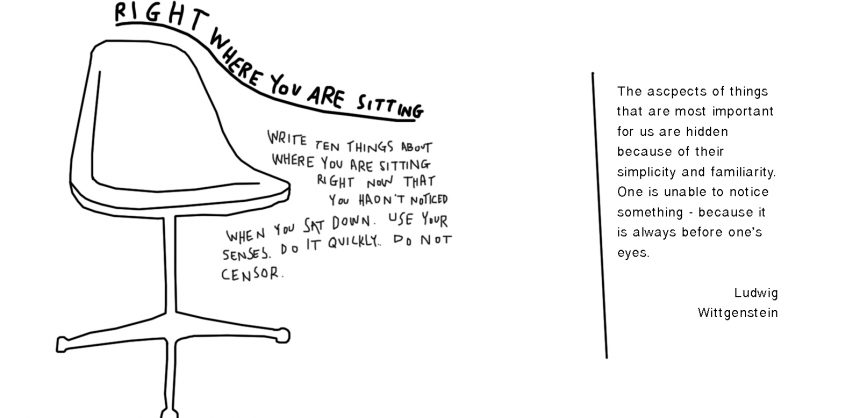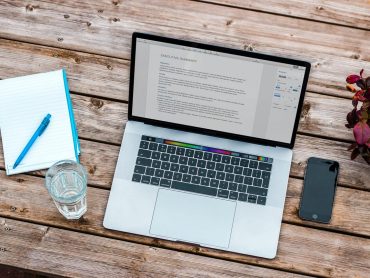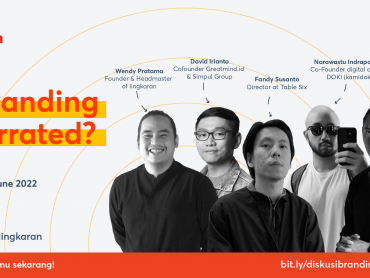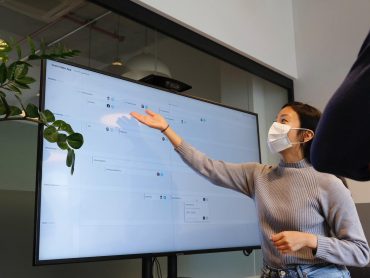
Metaphorical Suitcase: An Approach to Inspirations Simply by Looking Closer
“Look with all your eyes. Look.”
— Jules Verne
–
The idea came from a children activity book, How to Be an Explorer of the World, by Keri Smith. The realization came to me as I flipped through the pages, that these activities are actually what I had been doing every two first weeks of every semester back in college.
–
My design knowledge background is based from Interior Architecture. In our first year, there was an exercise which you had to sit still for two hours straight in the middle of a park – no talking, no moving, no texting or funny youtube videos, nothing at all. I’m pretty sure you’re familiar with the joke saying that when you had to study or do some work, you get so bored that the wall would start to look interesting. The main idea is when you have nothing to do, you start to pay attention to things you hadn’t noticed before.
There are days when you feel overwhelmed by the works that should be done and you’re rushing from one place to another, your mind’s always jumping around to everywhere but to the place you’re actually in. To some of us, it’s a feeling we experience every five days a week, or it could be even a 24/7 thing.
In his book, Smith invites us to be more conscious of the world around us, to recognize how exciting the world could be if you’d just pay more attention. He encourages the readers to document and observe the world around you as if you’ve never seen it before. Take notes, collect things you find on your travels, document your findings, notice patterns, copy, trace things, record what you are drawn to.
The trick is to focus on one thing at a time, recognize that everything has a value. Your job is to find that value, and transform it into something that can be used for later. If you come across something with a quality that catches your interest, put it in your “metaphorical suitcase” – for there soon will come a moment when you can make use of it. If you’re still confused, bear with me for 10 minutes and let me show you the easiest place to start: Right where you are sitting.
–
–
Isn’t it amazing how you start to notice things you didn’t just a few minutes ago? There are 59 more activities suggestions on how to make use of this consciousness and here I’ve chosen my five most favorite exercises for you:
–
Found Words.
Document an overheard conversation. Alternate. Collect words you find interesting.
–
Finder Exploration.
Go out and create a page of quick sketches documenting different compositions. Choose compositions where you cannot tell what the subject matter is.
–
Found Faces.
Document any naturally occuring faces you find on your travels. Look for them in plumbing parts, fixtures like door hooks, in nature, in human-made objects, in the clouds – the lists are endless.
–
Accidental Art.
Go for a walk. Identify and document existing “art” that you find, such as things that are not created on purpose. Some examples include stains on the sidewalk, spilled paint, bird poo, residue, corrosion, rust, things that are damaged, random arrangements of objects that you find interesting, a bag caught in a tree.
–
World of Colors.
Collect paint chips from a paint or hardware store. Find colors you respond to in the world. Attempt to match them using the chips. Make notes of where you saw the colors. Alternate: document colors from your favorite books, your dreams, your memories.
–
–
So there you go, happy exploring! One last piece of advice from the book: If you start to think that you’re wasting your time, then you are doing it correctly.









